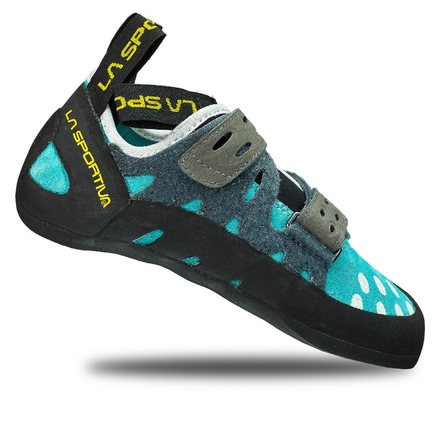
BetaGear
Helping you reach new heights!
1 / 1
Tenaya RA
Precision
Comfort
Support
Features
SXR Dynamics
SXR Dynamics improve the ability of the shoe to adapt the rock increasing comfort and precision. This also prevents the rand of the shoe from bulging out, which can get you off smaller holds.
Shoes with similar fit
Technical Details
Outer
Orange
White
Shape
Fit
Rigidity
More
Which size fits?
| Fit | Sizing |
|---|---|
| Comfort | + 0.5 |
| star Normal | - 0.5 |
| Performance | - 1 |
We recommend for your profile to pick this shoe around -0.5 sizes smaller than your Street Shoe Size.
Get yours here!
The above contain affiliate links. For more information see the disclosures
All prices in Euro incl. VAT, if necessary plus shipping. Prices and ranking are subject to change at any time. Further information can be found in the notes on pricing






